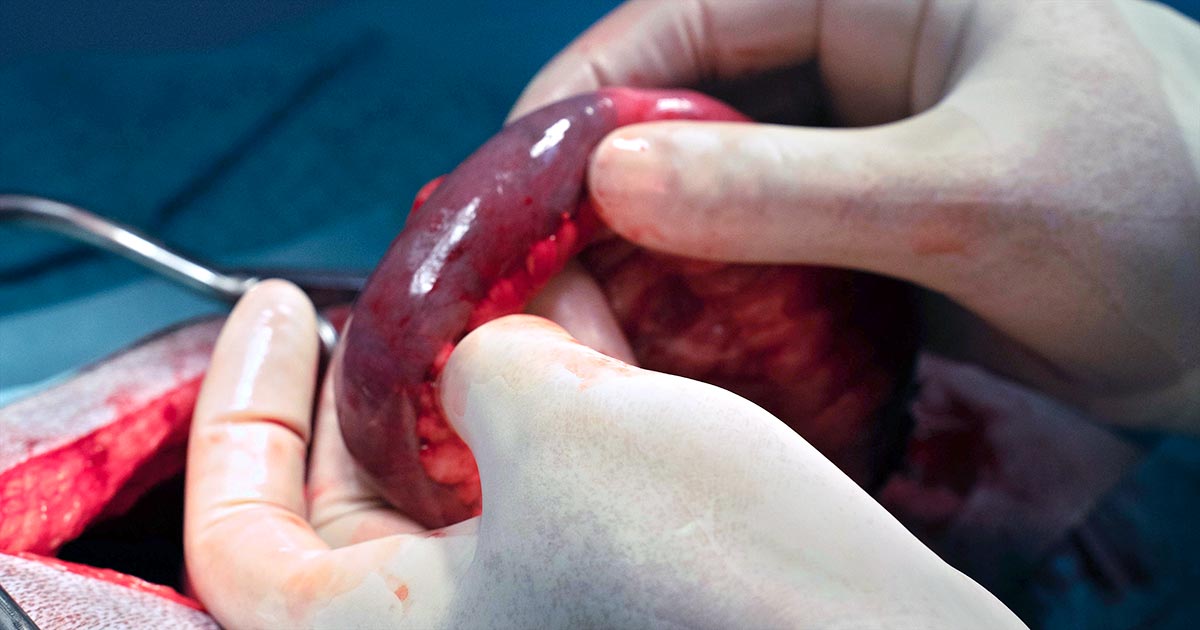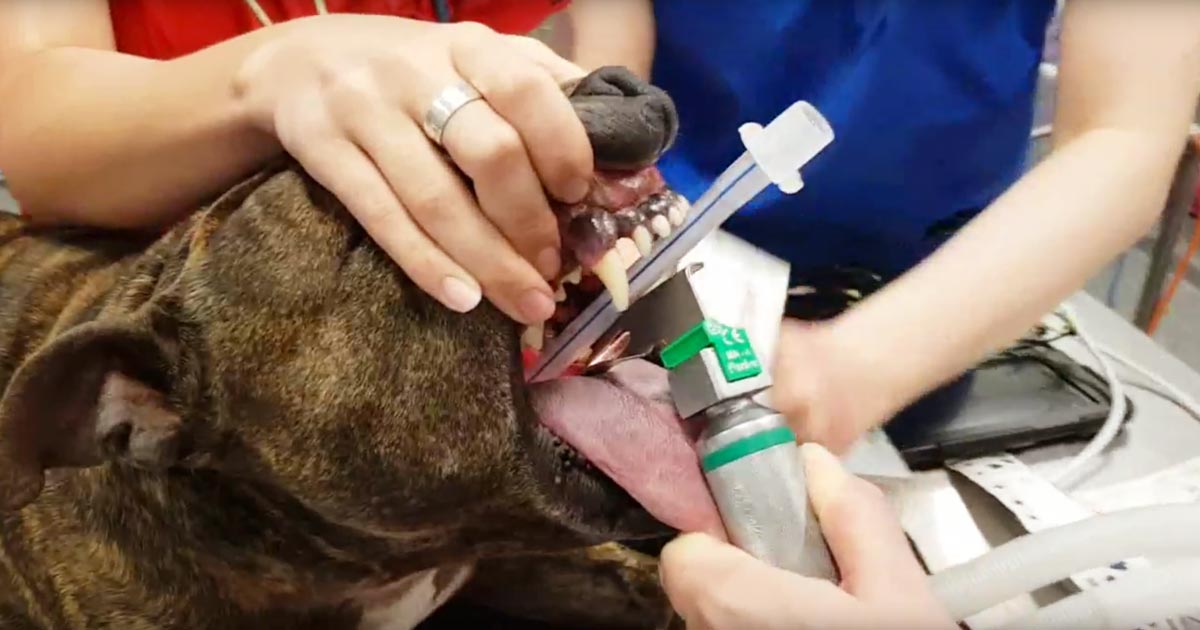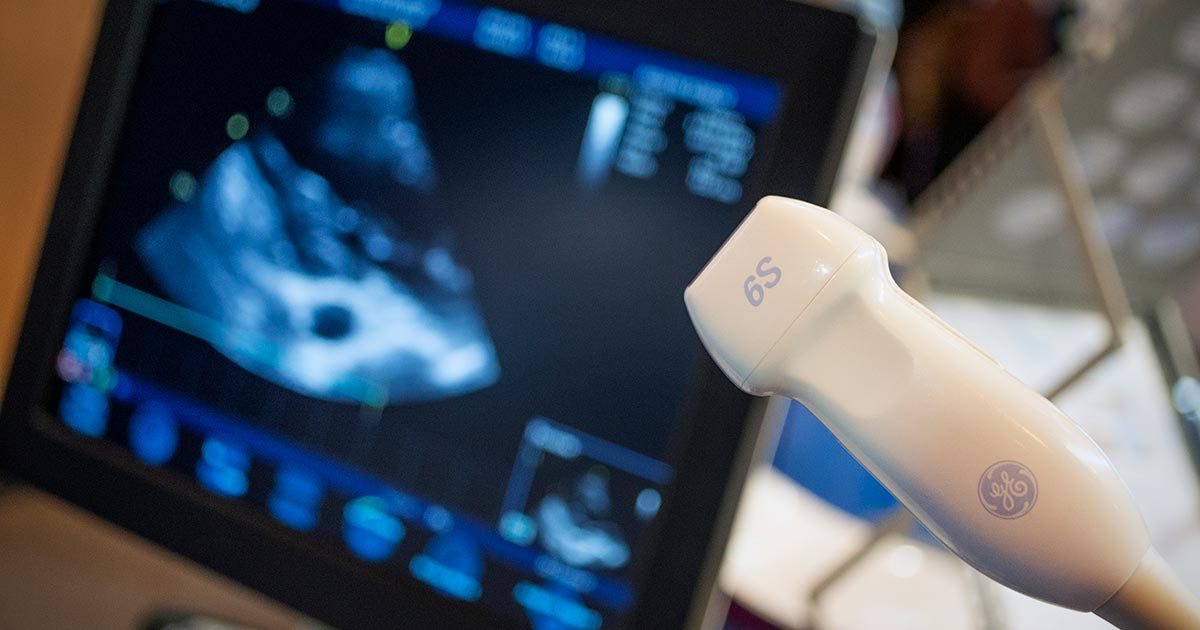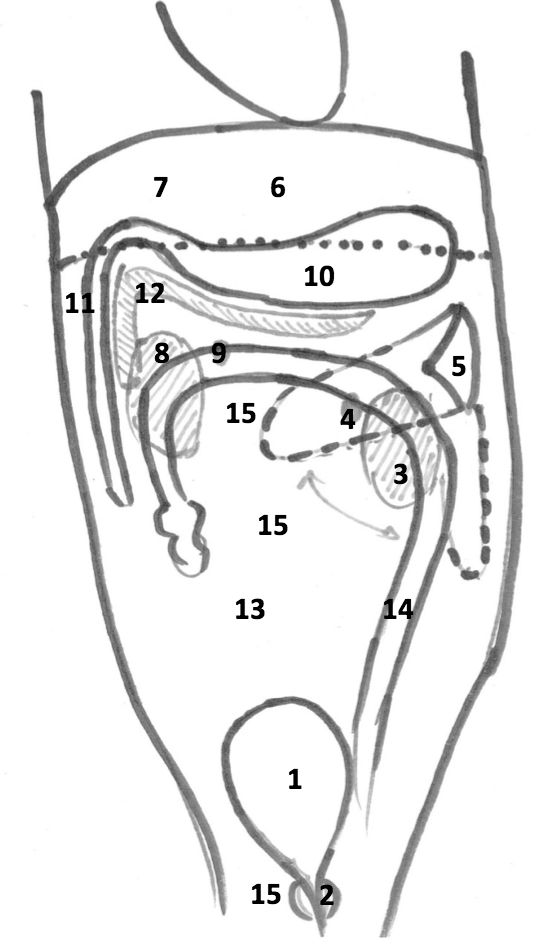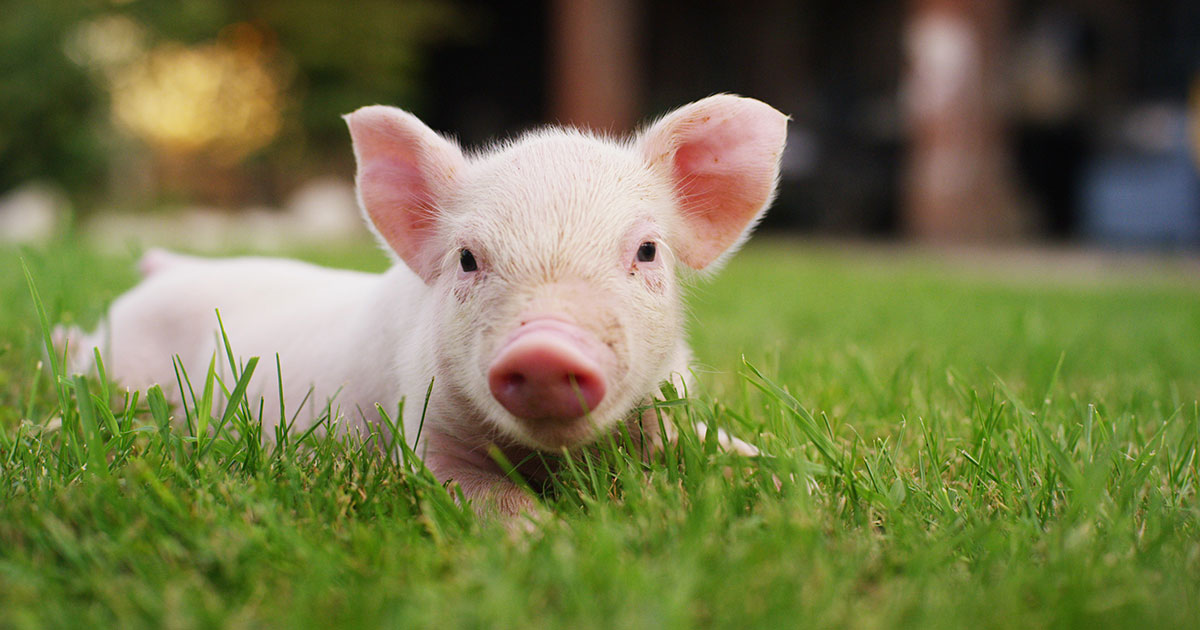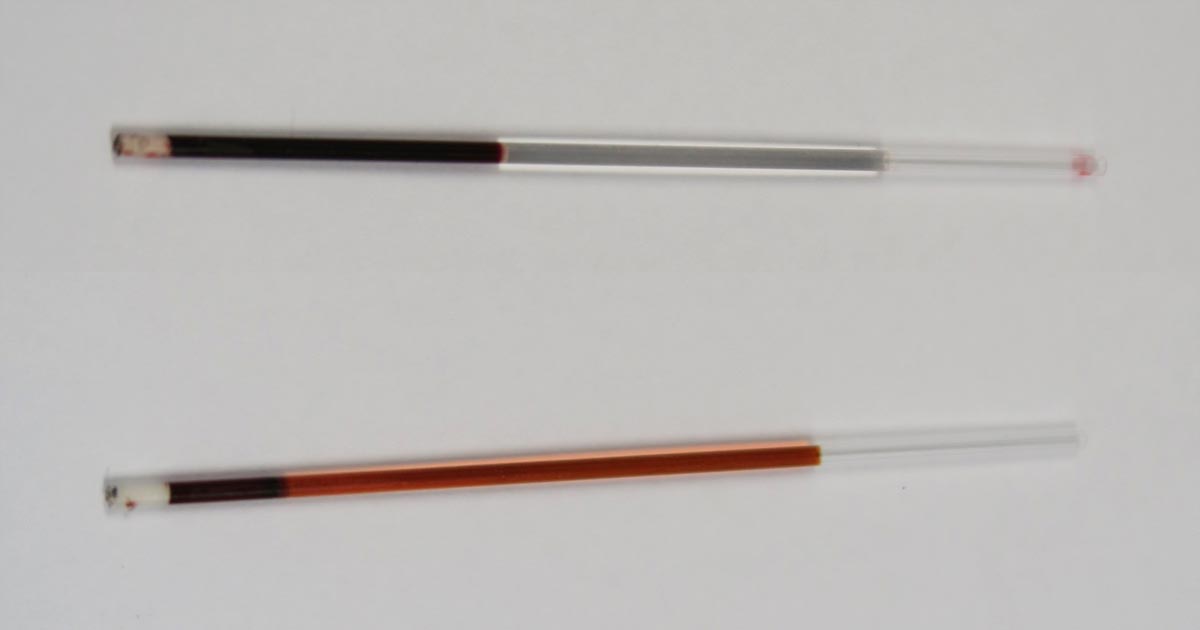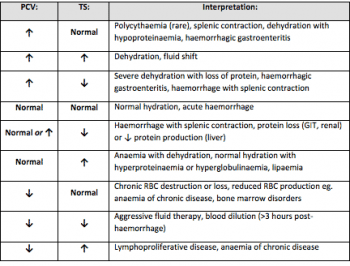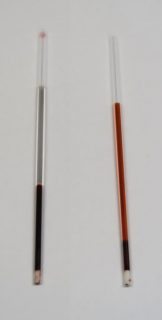At this stage of the year, it’s hard for me to write about anything but revision. So, for those of you reading this as a means to escape, I can only apologise. At the same time, if your idea of time off from studying is reading my work-related articles, then I think we need to have a little sit down and a talk about healthy revision outlets…
With my last ever university exams (yeah, like, ever!) rearing their heads, I’m finding my own is a bit of a jumble.
The last several weeks before the big day can often feel, at least for me, like a bit of a roller coaster ride. There are ups and downs; terrifying “grip the handlebar” kind of moments; and occasional points where you reach the top, clear the clouds and see everything below you with level-headed clarity – and then the whole thing starts again from the beginning.
Happy birthday to me?
First of all there’s the build-up. Personally, I think the build-up to exams can be worse than actually taking the things.
As somebody with a birthday plonked squarely in early May, this has led to the anniversary of my birth becoming somewhat bittersweet over my past 20 (yes, 20) years of education. I’ve even had friends and classmates willing me not to age, just to fend off the dreaded exams.
If you’re lucky, it will have been a good year since your last exams, so it’s almost easy to tell yourself it can’t really be as bad as you remember it, and sure, you’re here to tell the tale!
So what’s all the fuss about? Besides, it’s months away, right… right?
Then the realisation hits you that those months have melted away into a measly finger-countable number of weeks. This is the feeling akin to the hard “thunk” of that metal seat belt bar strapping you in before the roller coaster ride. You’re locked in now, and the only way is onwards.
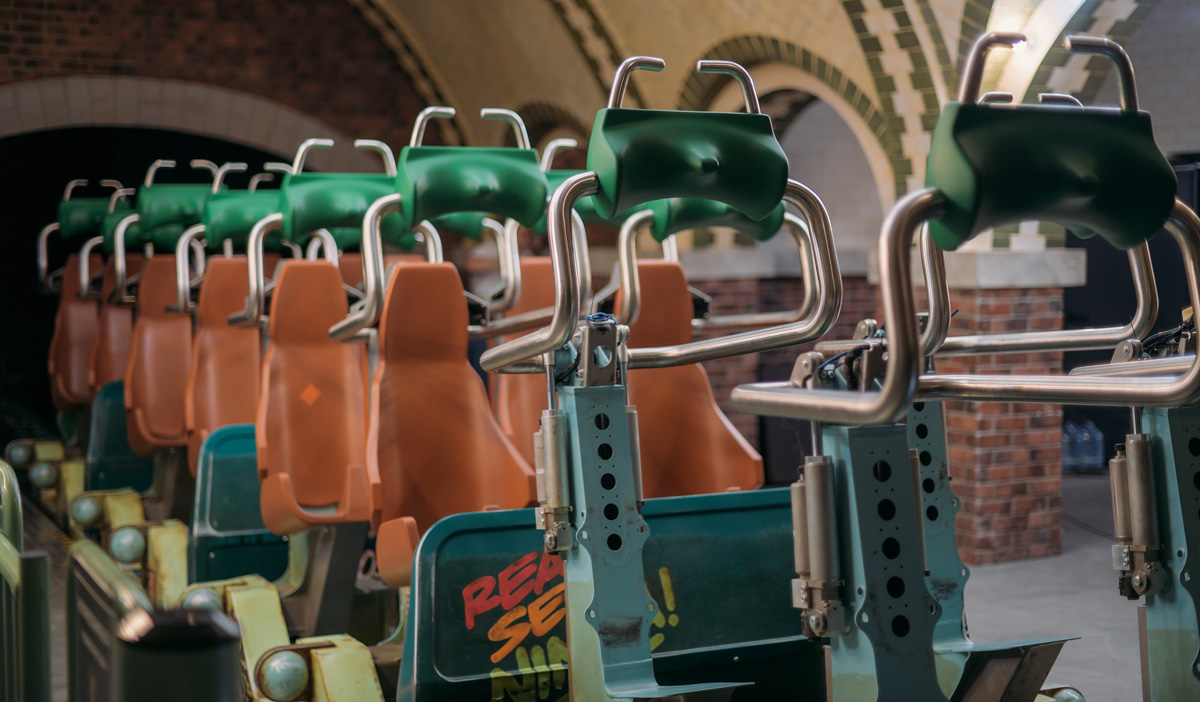
Highs and lows
Like with any good roller coaster, the journey of revision is marked by a series of highs and lows. You can sometimes spend a day or two feeling really very good about yourself, quite smug actually, especially in the early swathes of revision while your brain juices are still flowing nicely.
“Wow”, you think to yourself. “I remember everything I read today. It may have taken 13 years of exam practice, but I think I’m getting the hang of this revision malarkey after all”.
Then a day comes when you wake up and it feels as though everything you once knew has fallen out of your ears overnight. Your brain feels like a clogged artery and the juices just can’t quite make their way round the bends. Paragraphs, facts and figures can start to swim together. Do horses lay eggs? Do chickens neigh?
It can feel like five years’ worth of content is trying to make it’s way to the forefront of your mind all at once, with no polite or mannerly order.

Stay in control
The important thing, I find, in order not to let the roller coaster get the better of you, is to make everything else in your life as smooth a ride as possible. Obviously, this is easier said than done, I’m no fool. Life will always throw things at you, especially when you feel like you already have enough on your plate, but start by controlling the things you can.
Remember the basics:
- Sleep.
- Eat.
- Hydrate.
- Practice self-care.
Treat yourself to that leftover easter chocolate, keep making plans with friends as something to look forward to, and let yourself clock off for a couple of hours before bed.
It all matters
It has been scientifically proven that increased levels of stress actually reduce our ability to take in new information – which is, ironically, something on this year’s syllabus – as do lack of sleep, under-eating, dehydration and depression.
Trying to revise under any of these conditions is like fighting with one arm behind your back, so never forget that what you do outside of your revision schedule is just as important as what’s in it.

